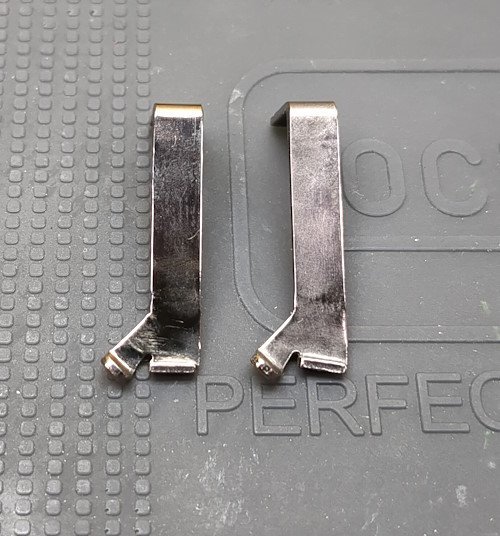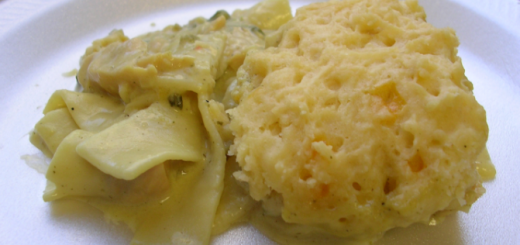Easy Parts Polishing For Better Performance

Most common firearm platforms have multiple pages worth of aftermarket upgrade parts available. Some, such as any Glock, Ruger 10/22, or AR-15 have enough options to build an entire gun that does not have a single factory part left inside. However, before laying down some hard-earned cash for something like a new trigger, a little parts polishing work can help smooth things up enough to raise eyebrows.

Our goal with polishing is not to remove metal or change the geometries of anything inside the firearm. This is often a bad idea with sometimes dangerous results. However, many gun companies do not spend any time hand-polishing the contact surfaces of the parts inside their products. This is not hard work but does take time, which would cost money and raise the sticker price of the finished parts. So, polishing gets skipped to save a few bucks and pushed down the line to the consumer. To keep this work simple, we are going to use the slow setting on a hand tool such as the common Dremel or professional-level Fordom. A flex shaft is really nice for more control but is optional. A small jar of Mother’s Mag & Aluminum Polish with a few felt polishing bits are the keys to amazing results.

The first thing to do is examine the guts of your project and figure out where metal parts can rub against other parts. The lubrication guide in the owner’s manual is usually a good way to jumpstart this research. Once you have a plan, safely disassemble the firearm and grab your tools. Once the felt bit is chucked up in the hand tool, coat the outside with a helping of the polish. Do not worry about putting too much polish on, as turning on the Dremel will immediately spread any excess polish all over your workbench in a pattern reminiscent of movie crime scenes. Spend just a couple of seconds at a time, going over small sections of a part. Focus on the flat areas of metal that can rub together. Frequently wipe with a rag and check your progress. If it is smooth to the touch, move on to the next section of the part. Too much aggressive polishing can absolutely be a bad thing. Take your time and avoid sharp corners, like the edge of a trigger sear, which are there for a purpose. Our goal with this is to get flat surfaces smoothed up a bit, not to round off edges or change angles, as that can mess up parts.

This is a project where a little work on things like guide rails, bolts, or the lowly Glock trigger connector can make a noticeable difference. I recently put less than an hour into slicking up what was a rough, gritty feeling slide and trigger. It was certainly functional, but the manufacturing residue and machining marks on the factory’s mass-produced parts made it feel cheap and gritty. The white polishing bit quickly turned black while touching up the very first part. After polishing, cleaning, reassembly, and re-lubing, the gun felt like a high-end firearm. It did not need custom aftermarket parts, just a little touching up.



